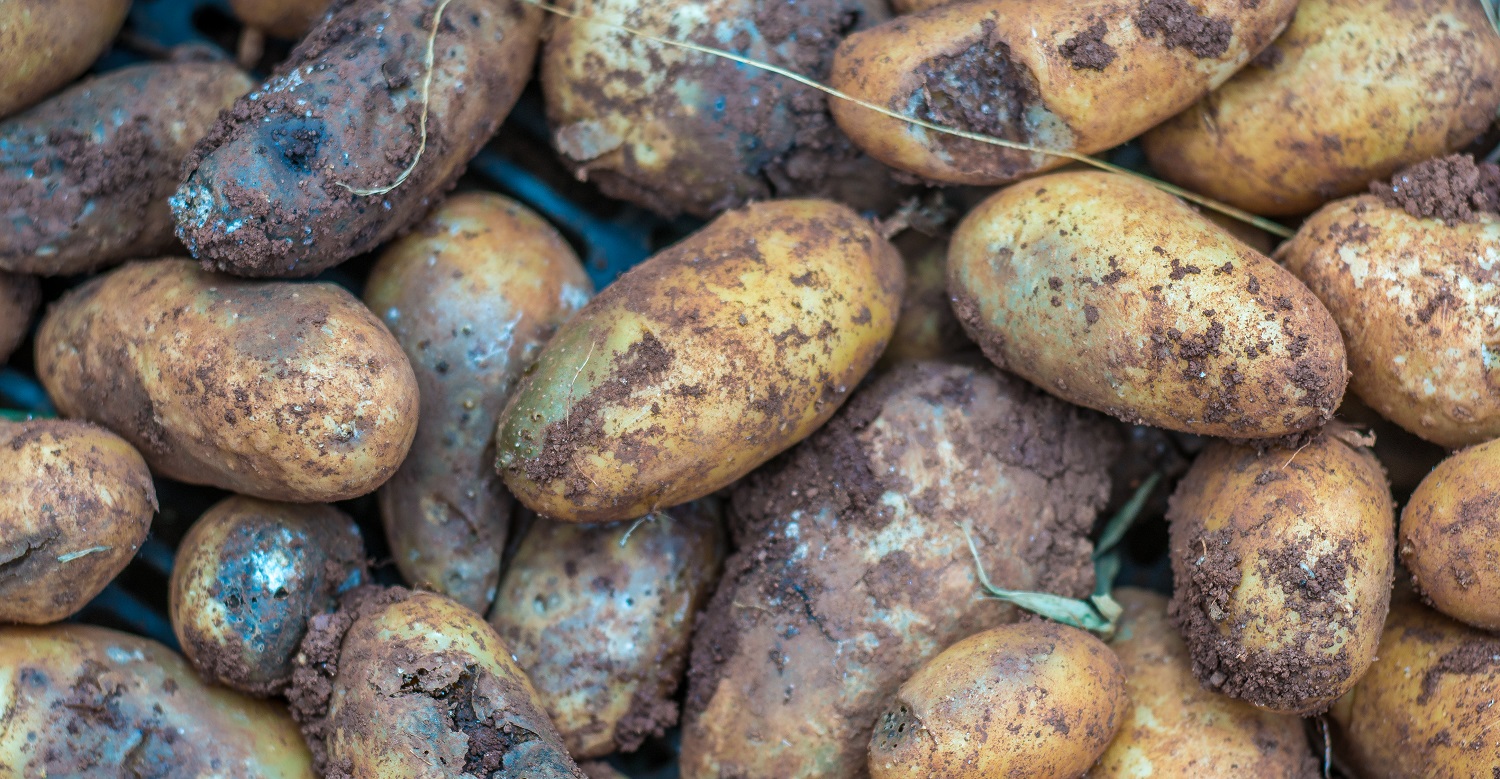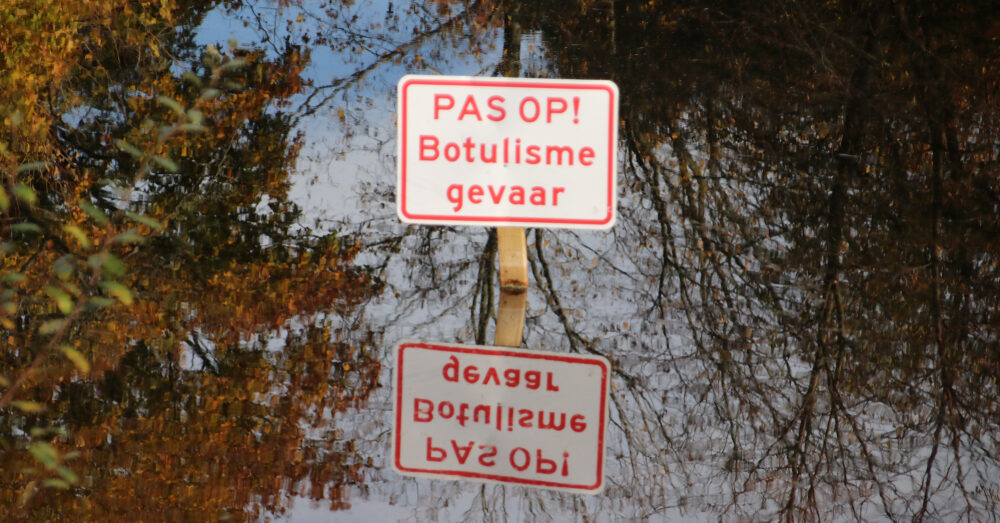The water mould Phytophthora infestans is the bane of potato growers. Last week, Jochem Bronkhorst obtained a doctorate for discovering how the mould gets inside the plant.
He developed a model leaf: a thin layer of rubbery material (PDMS) that has similar rigidity to a real leaf. Bronkhorst came up with a nifty method for measuring the force with which the mould threads (hyphae) penetrate the model leaf. It basically comes down to making a precise elevation map of the surface. ‘You measure how deep the rubber is pressed down by the tip of the mould thread,’ he explains. ‘You know the rigidity of the rubber so you can then calculate what force was exerted.’
Japanese knife
The elevation map shows the tip of the hypha cutting through the leaf like a Japanese knife. That is a knife sharpened on one side only, so the forces are exerted on a smaller surface. ‘The shape means the knife cuts diagonally into the material. We see exactly the same with Phytophthora.’
He also discovered how the mould keeps the ‘knife’ sharp. The actin cytoskeleton, the cell’s internal network, helps here. ‘The cell accumulates an awful lot of that protein in a certain form in the tip of the hypha. As a result, the tip not only keeps its shape but even seems to become sharper when cutting.’
Invasion efficiency
But the mould needs to be able to attach itself firmly to the leaf in order to exert those invasive forces. That opens up new options for combatting the mould. Bronkhorst: ‘If you can reduce the adhesion force, that should lead to a big drop in the invasion efficiency.’ Tests with model leaves and real leaves have indeed demonstrated that effect.

 Potatoes with Phytophthora. Photo Shutterstock
Potatoes with Phytophthora. Photo Shutterstock 

